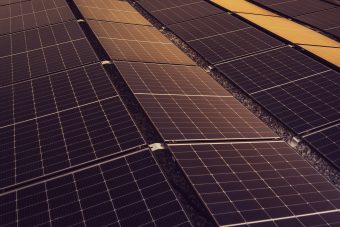
The sun is an inexhaustible energy source that has long inspired scientists to improve the technology of solar cells so that they can be used as widely as possible.
Recently, we wrote about floating solar power plants and transparent solar panels that we will use instead of windows. Still, scientists are now occupied with the idea of solar cells woven into the wardrobe.
In collaboration with researchers from the University of Tokyo and Huazhong University of Science and Technology in China, researchers from Japan’s National Research and Development Agency RIKEN have developed a photovoltaic film that is both waterproof and flexible. This film enables the fusion of solar technology and clothing production. In this way, we will be able to power small wearable devices without the use of batteries, such as medical devices or smart watches, RIKEN announced.
As stated in the scientific paper published in Nature Communications, the goal of the research was to find solar cells that function properly even when they get wet in the rain and after washing.
MORE:
- NEW SIGNIFICANT INVESTMENTS IN GREEN HYDROGEN
- SOLAR ENERGY FOR SCIENTIFIC RESEARCH IN AUSTRALIA
- CLEAN TECHNOLOGIES REDUCED THE GROWTH OF GLOBAL CO2 EMISSIONS
However, it has been difficult to achieve waterproofing of solar cells without using additional protective layers of the photovoltaic film, which reduces flexibility.
Photovoltaic films are usually made of several layers. Still, this time, the researchers applied a thermal annealing process, exposing the film to 85 degrees Celsius for 24 hours. The result was a photovoltaic film with a thickness of only three micrometers, the aforementioned press release reads.
The first tests of the new photovoltaic film gave encouraging results. After the researchers submerged it in water for four hours, the solar cells retained 89 per cent of their initial performance, and when they subjected it to a 30 per cent stretch, the film was still 96 per cent functional.
The new solar cells “survived” even a washing machine cycle, which has never been achieved before, the researchers proudly point out.
Energy portal





